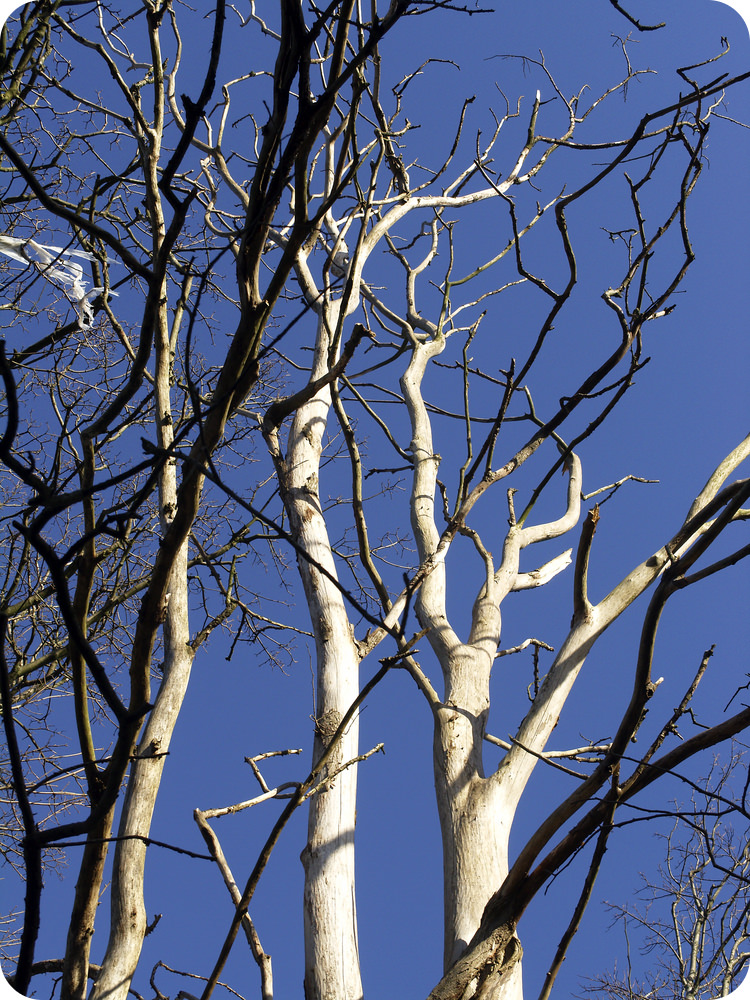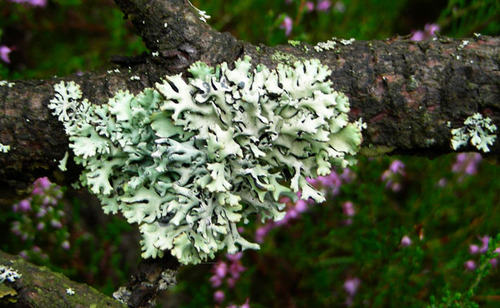6.11: Fungi Symbiosis
- Page ID
- 13750
\( \newcommand{\vecs}[1]{\overset { \scriptstyle \rightharpoonup} {\mathbf{#1}} } \)
\( \newcommand{\vecd}[1]{\overset{-\!-\!\rightharpoonup}{\vphantom{a}\smash {#1}}} \)
\( \newcommand{\id}{\mathrm{id}}\) \( \newcommand{\Span}{\mathrm{span}}\)
( \newcommand{\kernel}{\mathrm{null}\,}\) \( \newcommand{\range}{\mathrm{range}\,}\)
\( \newcommand{\RealPart}{\mathrm{Re}}\) \( \newcommand{\ImaginaryPart}{\mathrm{Im}}\)
\( \newcommand{\Argument}{\mathrm{Arg}}\) \( \newcommand{\norm}[1]{\| #1 \|}\)
\( \newcommand{\inner}[2]{\langle #1, #2 \rangle}\)
\( \newcommand{\Span}{\mathrm{span}}\)
\( \newcommand{\id}{\mathrm{id}}\)
\( \newcommand{\Span}{\mathrm{span}}\)
\( \newcommand{\kernel}{\mathrm{null}\,}\)
\( \newcommand{\range}{\mathrm{range}\,}\)
\( \newcommand{\RealPart}{\mathrm{Re}}\)
\( \newcommand{\ImaginaryPart}{\mathrm{Im}}\)
\( \newcommand{\Argument}{\mathrm{Arg}}\)
\( \newcommand{\norm}[1]{\| #1 \|}\)
\( \newcommand{\inner}[2]{\langle #1, #2 \rangle}\)
\( \newcommand{\Span}{\mathrm{span}}\) \( \newcommand{\AA}{\unicode[.8,0]{x212B}}\)
\( \newcommand{\vectorA}[1]{\vec{#1}} % arrow\)
\( \newcommand{\vectorAt}[1]{\vec{\text{#1}}} % arrow\)
\( \newcommand{\vectorB}[1]{\overset { \scriptstyle \rightharpoonup} {\mathbf{#1}} } \)
\( \newcommand{\vectorC}[1]{\textbf{#1}} \)
\( \newcommand{\vectorD}[1]{\overrightarrow{#1}} \)
\( \newcommand{\vectorDt}[1]{\overrightarrow{\text{#1}}} \)
\( \newcommand{\vectE}[1]{\overset{-\!-\!\rightharpoonup}{\vphantom{a}\smash{\mathbf {#1}}}} \)
\( \newcommand{\vecs}[1]{\overset { \scriptstyle \rightharpoonup} {\mathbf{#1}} } \)
\( \newcommand{\vecd}[1]{\overset{-\!-\!\rightharpoonup}{\vphantom{a}\smash {#1}}} \)
\(\newcommand{\avec}{\mathbf a}\) \(\newcommand{\bvec}{\mathbf b}\) \(\newcommand{\cvec}{\mathbf c}\) \(\newcommand{\dvec}{\mathbf d}\) \(\newcommand{\dtil}{\widetilde{\mathbf d}}\) \(\newcommand{\evec}{\mathbf e}\) \(\newcommand{\fvec}{\mathbf f}\) \(\newcommand{\nvec}{\mathbf n}\) \(\newcommand{\pvec}{\mathbf p}\) \(\newcommand{\qvec}{\mathbf q}\) \(\newcommand{\svec}{\mathbf s}\) \(\newcommand{\tvec}{\mathbf t}\) \(\newcommand{\uvec}{\mathbf u}\) \(\newcommand{\vvec}{\mathbf v}\) \(\newcommand{\wvec}{\mathbf w}\) \(\newcommand{\xvec}{\mathbf x}\) \(\newcommand{\yvec}{\mathbf y}\) \(\newcommand{\zvec}{\mathbf z}\) \(\newcommand{\rvec}{\mathbf r}\) \(\newcommand{\mvec}{\mathbf m}\) \(\newcommand{\zerovec}{\mathbf 0}\) \(\newcommand{\onevec}{\mathbf 1}\) \(\newcommand{\real}{\mathbb R}\) \(\newcommand{\twovec}[2]{\left[\begin{array}{r}#1 \\ #2 \end{array}\right]}\) \(\newcommand{\ctwovec}[2]{\left[\begin{array}{c}#1 \\ #2 \end{array}\right]}\) \(\newcommand{\threevec}[3]{\left[\begin{array}{r}#1 \\ #2 \\ #3 \end{array}\right]}\) \(\newcommand{\cthreevec}[3]{\left[\begin{array}{c}#1 \\ #2 \\ #3 \end{array}\right]}\) \(\newcommand{\fourvec}[4]{\left[\begin{array}{r}#1 \\ #2 \\ #3 \\ #4 \end{array}\right]}\) \(\newcommand{\cfourvec}[4]{\left[\begin{array}{c}#1 \\ #2 \\ #3 \\ #4 \end{array}\right]}\) \(\newcommand{\fivevec}[5]{\left[\begin{array}{r}#1 \\ #2 \\ #3 \\ #4 \\ #5 \\ \end{array}\right]}\) \(\newcommand{\cfivevec}[5]{\left[\begin{array}{c}#1 \\ #2 \\ #3 \\ #4 \\ #5 \\ \end{array}\right]}\) \(\newcommand{\mattwo}[4]{\left[\begin{array}{rr}#1 \amp #2 \\ #3 \amp #4 \\ \end{array}\right]}\) \(\newcommand{\laspan}[1]{\text{Span}\{#1\}}\) \(\newcommand{\bcal}{\cal B}\) \(\newcommand{\ccal}{\cal C}\) \(\newcommand{\scal}{\cal S}\) \(\newcommand{\wcal}{\cal W}\) \(\newcommand{\ecal}{\cal E}\) \(\newcommand{\coords}[2]{\left\{#1\right\}_{#2}}\) \(\newcommand{\gray}[1]{\color{gray}{#1}}\) \(\newcommand{\lgray}[1]{\color{lightgray}{#1}}\) \(\newcommand{\rank}{\operatorname{rank}}\) \(\newcommand{\row}{\text{Row}}\) \(\newcommand{\col}{\text{Col}}\) \(\renewcommand{\row}{\text{Row}}\) \(\newcommand{\nul}{\text{Nul}}\) \(\newcommand{\var}{\text{Var}}\) \(\newcommand{\corr}{\text{corr}}\) \(\newcommand{\len}[1]{\left|#1\right|}\) \(\newcommand{\bbar}{\overline{\bvec}}\) \(\newcommand{\bhat}{\widehat{\bvec}}\) \(\newcommand{\bperp}{\bvec^\perp}\) \(\newcommand{\xhat}{\widehat{\xvec}}\) \(\newcommand{\vhat}{\widehat{\vvec}}\) \(\newcommand{\uhat}{\widehat{\uvec}}\) \(\newcommand{\what}{\widehat{\wvec}}\) \(\newcommand{\Sighat}{\widehat{\Sigma}}\) \(\newcommand{\lt}{<}\) \(\newcommand{\gt}{>}\) \(\newcommand{\amp}{&}\) \(\definecolor{fillinmathshade}{gray}{0.9}\)
What killed this tree?
Dutch elm trees used to be common, beautiful trees in the United States. Now most of them, like this tree, have been killed by Dutch elm disease. Dutch elm disease is caused by a fungus. This is just one example of how fungi can interact with other species.
Symbiotic Relationships with Fungi
Fungi don't live in isolation. They often interact with other species. In fact, fungi can be dependent on another organism for survival. When two species live close together and form a relationship, it is called symbiosis. Symbiosis can be beneficial to one or both organisms, or sometimes one organism hurts the other. Some of the partners in these relationships include plants, algae, insects and other animals, and even humans.
Fungi and Plants
If it were not for fungi, many plants would go hungry. In the soil, fungi grow closely around the roots of plants, and they begin to help each other. The plant roots together with the special root-dwelling fungi are called mycorrhizae (Figure below).
As plants and fungi form a close relationship, the plant and the fungus “feed” one another. The plant provides sugars to the fungus that the plant makes through photosynthesis, which the fungus cannot do. The fungus then provides minerals and water to the roots of the plant. Since the plant and the fungus are helping each other out, this is a mutualistic relationship, a type of symbiosis known as mutualism. In a mutualistic relationship, both organisms benefit.

Lichens
Have you ever seen an organism called a lichen? Lichens are crusty, hard growths that you might find on trees, logs, walls, and rocks (Figure below). Although lichens may not be the prettiest organisms in nature, they are unique. A lichen is really two organisms, sometimes referred to as a composite organism, that live very closely together: a fungus and a bacterium or an alga. The cells from the alga or bacterium live inside the fungus. Besides providing a home, the fungus also provides nutrients. In turn, the bacterium or the alga provides energy to the fungus by performing photosynthesis, obtaining energy directly from the sun. A lichen is also an example of a mutualistic relationship. Because lichens can grow on rocks, these organisms are some of the earliest life forms in new ecosystems.

Fungi and Insects
Many insects have a symbiotic relationship with certain types of fungi:
- Ants and termites grow fungi in underground “fungus gardens” that they create. When the ants or termites have eaten a big meal of wood or leaves, they also eat some fungi from their gardens. The fungi help them digest the wood or leaves. The fungi secrete certain enzymes that the ants or termites cannot produce on their own.
- Ambrosia beetles live in the bark of trees. Like ants and termites, they grow fungi inside the bark of trees and use it to help digest their food.
Fungi as Parasites
Although lots of symbiotic relationships help both organisms, sometimes one of the organisms is harmed. When that happens, the organism that benefits, and is not harmed, is called a parasite. This type of relationship is known as parasitism.
Examples of parasitic fungi include the following:
- Beginning in 1950, Dutch Elm trees in the United States began to die. Since then, most of these trees have been eliminated. The disease was caused by a fungus that acted as a parasite. The fungus that killed the trees was carried by beetles to the trees.
- Some parasitic fungi cause human diseases such as athlete’s foot and ringworm. These fungi feed on the outer layer of warm, moist skin. Though its name may suggest otherwise, ringworm is not caused by a worm, but by a fungus.
Summary
- Fungi can form a mutualistic relationship with photosynthetic organisms, including plants, bacteria, and algae.
- Fungi can also be parasites of trees and people.
Review
- What is a lichen?
- Describe the mutualistic relationship within a lichen.
- Describe a symbiotic relationship between fungi and insects.
- Give an example of a fungal parasite in humans.

